28 pages • 56 minutes read
Stephen CraneThe Blue Hotel
Fiction | Short Story | Adult | Published in 1898A modern alternative to SparkNotes and CliffsNotes, SuperSummary offers high-quality Study Guides with detailed chapter summaries and analysis of major themes, characters, and more.
Background
Authorial Context: Stephen Crane
Crane was born in 1871, the ninth surviving child of deeply religious Methodist parents. Crane began writing as a child and increasingly turned toward atheism rather than the religion of his parents, leading to recurring themes of spiritual crisis in his works, including his exploration of The Meaninglessness of the Universe in “The Blue Hotel.”
Though he published several articles even before his short university career (Crane left Syracuse University in 1891 without graduating), his first major work was the 1893 novel Maggie, A Girl of the Streets, which focuses on the lives of the impoverished living in the Bowery in New York City, particularly sex workers. Often considered the first work of American Naturalism, Maggie stands out from previous works dealing with “fallen” women due to the absence of moralizing. Maggie, like “The Blue Hotel,” depicts characters as types rather than as individuals with autonomy; both texts treat the world as something that happens to the characters. Critics have associated this view, a hallmark of Naturalism, with Crane’s efforts to work through his departure from religion.
Related Titles
By Stephen Crane
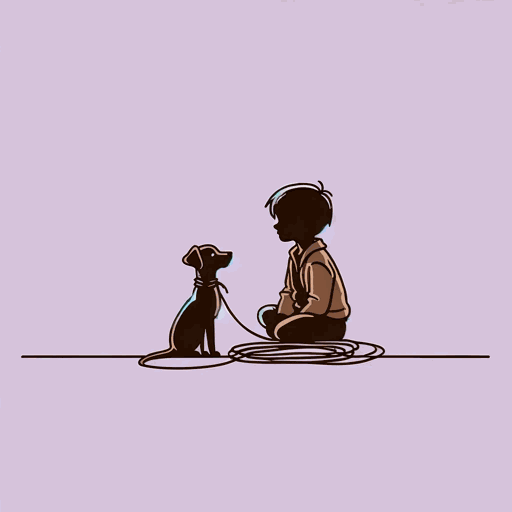
A Dark Brown Dog
Stephen Crane
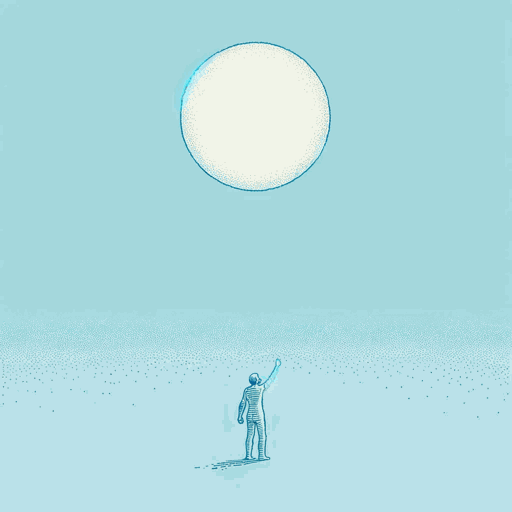
A Man Said to the Universe
Stephen Crane

A Mystery Of Heroism
Stephen Crane
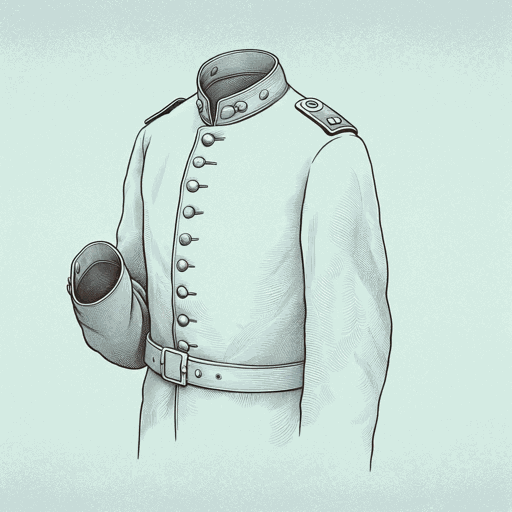
An Episode of War
Stephen Crane

Maggie: A Girl of the Streets
Stephen Crane

The Bride Comes to Yellow Sky
Stephen Crane
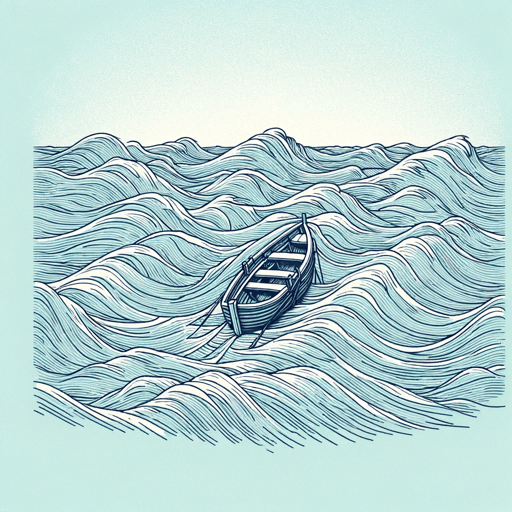
The Open Boat
Stephen Crane
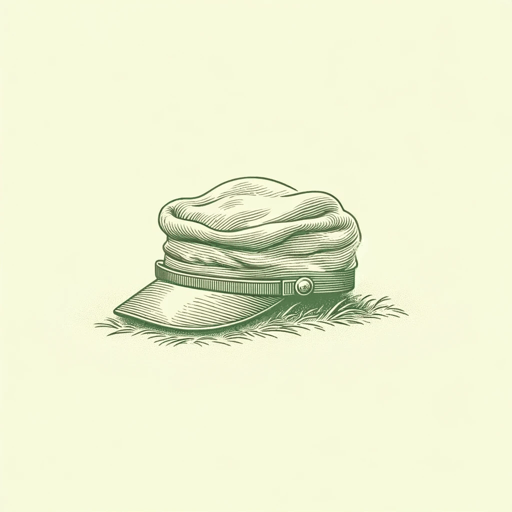
The Red Badge of Courage
Stephen Crane

